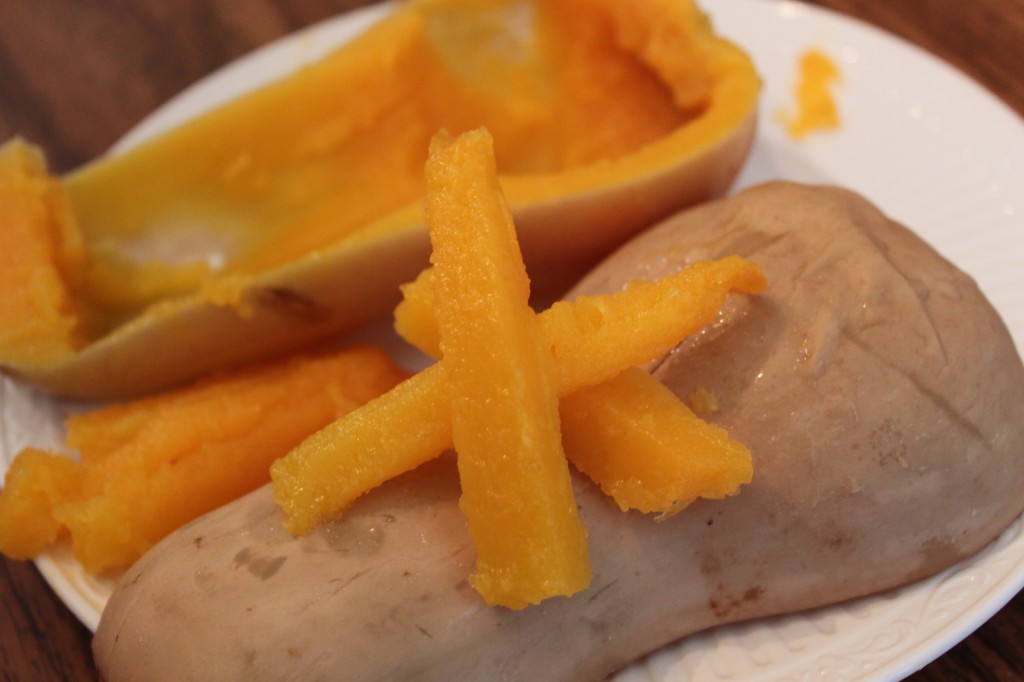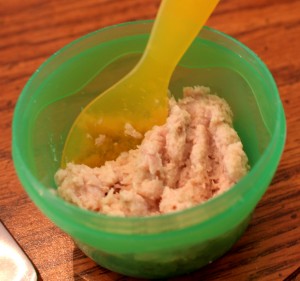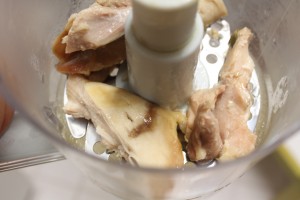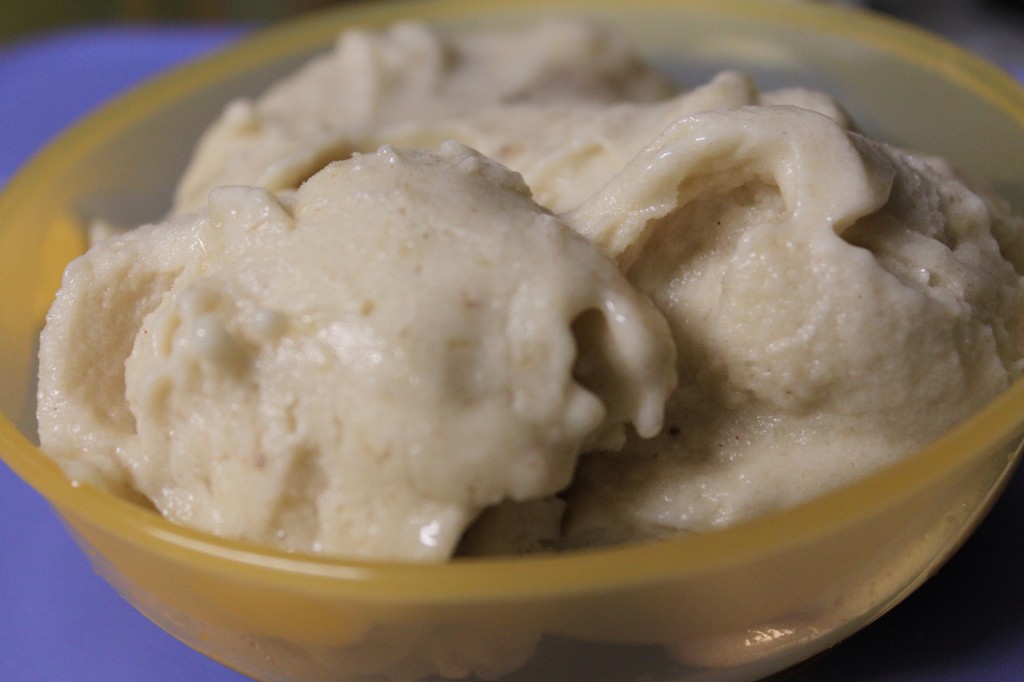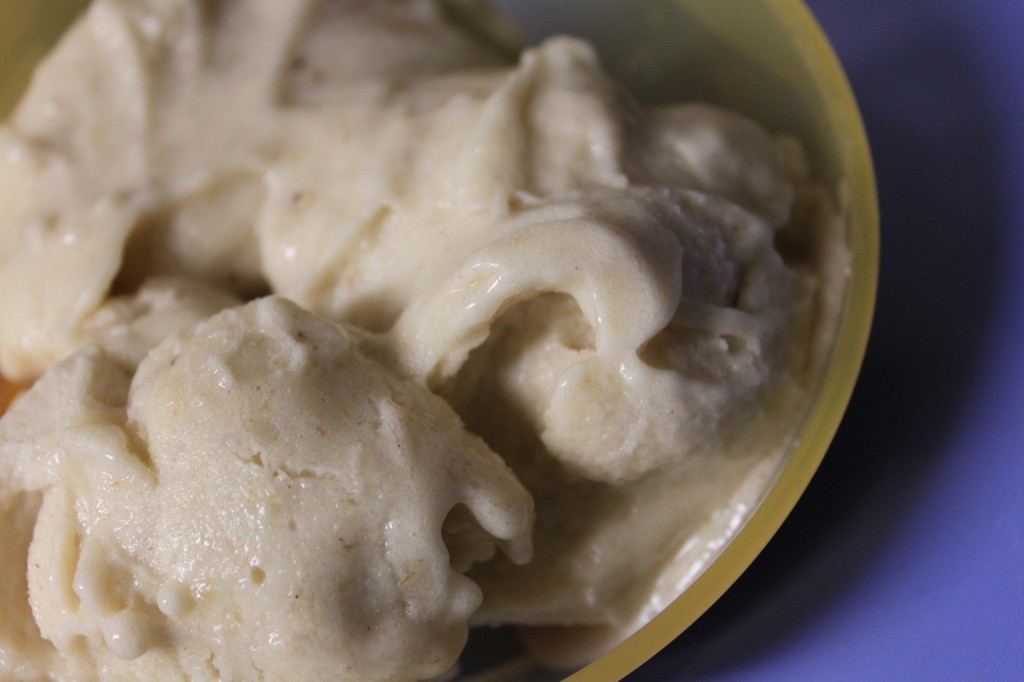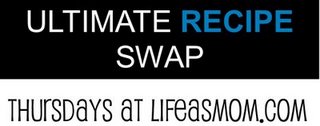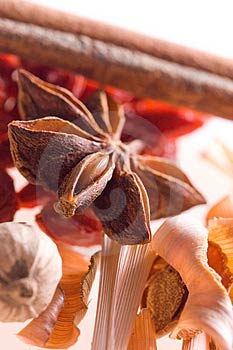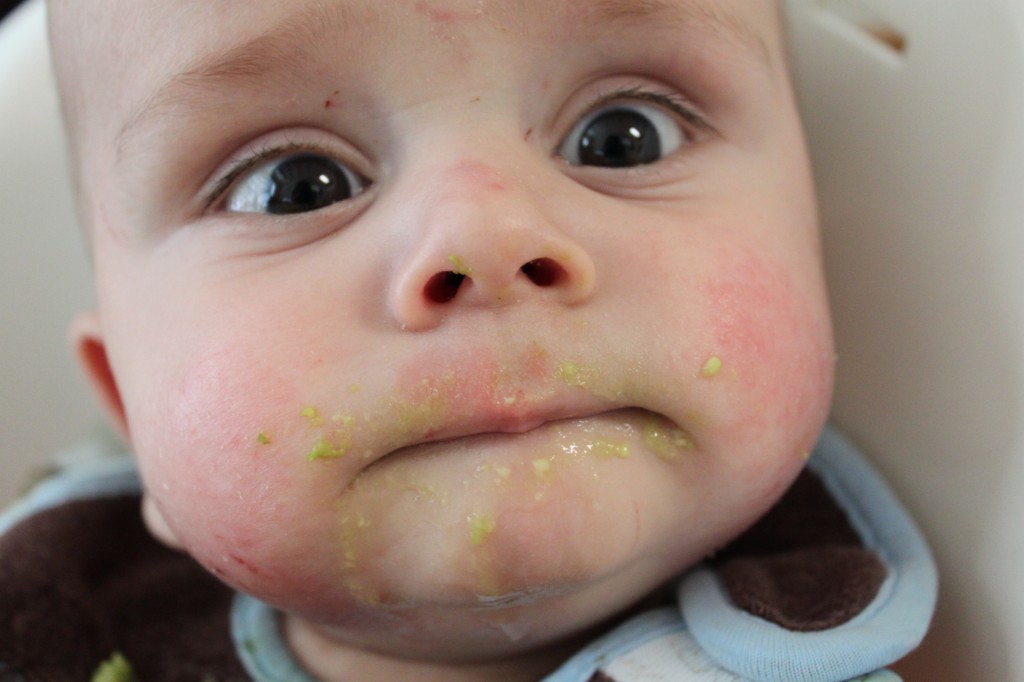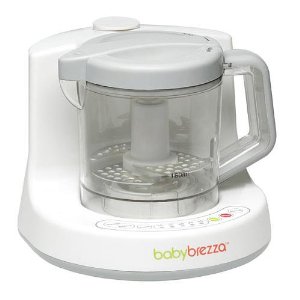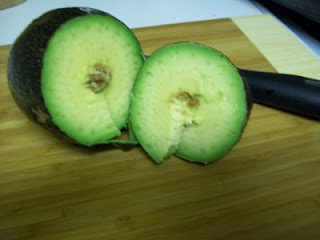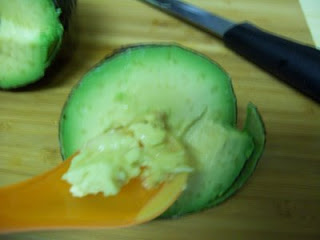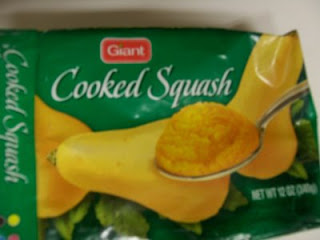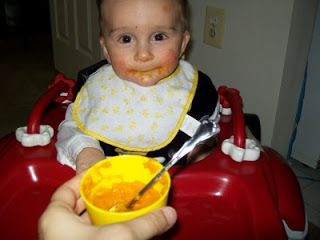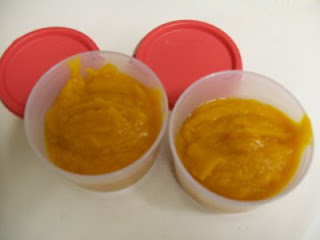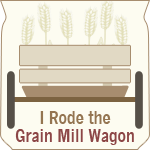I mentioned a couple weeks ago that I like to move on pretty quickly from purees to real foods via finger foods. Someone forgot to tell Baby Boy.
He did the same thing with sitting up, the silly boy. Even though he was physically perfectly capable to sit up - and proved so on occasion - he preferred not to, choosing rather to sit on someone’s lap or with some other supporting edifice, or even just to lie down. Whenever we tried to sit him on his bottom, he would arch his back so that there was no way no how to set him down. It wasn’t that he couldn’t, he simply chose not to.
Same with finger foods. Even though he could find the smallest tiniest crumb on the floor in his crawling adventures, pick it up firmly in his little pincer grasp, and deposit it in his mouth before I could stop him, he absolutely refused to pick up his own food off his high chair tray to feed himself.
He’s still a little reluctant, depending on what he’s given to eat, but I have found a few tricks that helped me encourage him to feed himself more often. It’s a process, like anything else in child-rearing (or life), and he’s definitely not as receptive to it as his older brother was, but we’re getting somewhere. Today, he actually fed himself (quite happily, I might add!) some carrots and chicken! Success!
Here’s what I did to help him over his little hump:
1. Make sure Baby is physically capable of eating finger foods. He has to have a good pincer grasp - able to pick up small items between his thumb and fingers - but also has to be able to insert the item into his mouth. Baby Boy demonstrated his pincer grasp quite readily on many other occasions, so I was sure that wasn’t the problem here. Besides which, he had eaten a whole pile of diced squash all by himself before refusing to feed himself anymore.
2. Pick up the food yourself and put it in his mouth. Seems simple, no? This was my sister’s advice, and it was very effective. Not a magic pill, by any means, but it definitely helped him out. It was like a visual demonstration of what he was supposed to do, a reminder of how it’s done. I would give him a piece, wait a while to see if he would try it himself, then give him another. Sometimes, I ended up feeding him the whole serving, but other times, he would get the nerve up to feed himself a few bites, too.
3. Try sticks of food instead of small pieces. Proponents of the Baby Led Weaning method swear by this. It’s been a mixed bag for me as far as results go, but over all, I’ve had some good success with it. The stick shape is successful because Baby can hold it in his grasp and chew on the other end. My Baby Boy can only handle really soft foods with this method, like cooked sweet potatoes, squash or similar.
4. Try foods Baby really likes. He’s not going to make much effort for something he’s already demonstrated that he hates, so stick to the yummy stuff.
5. Use a net feeder. My Certain Little Someone never really got into these, but Baby Boy loves them! And while it doesn’t help with the whole grasping food issue, it does give him some measure of independence with very little struggle. A break for Mommy and a break for Baby!


